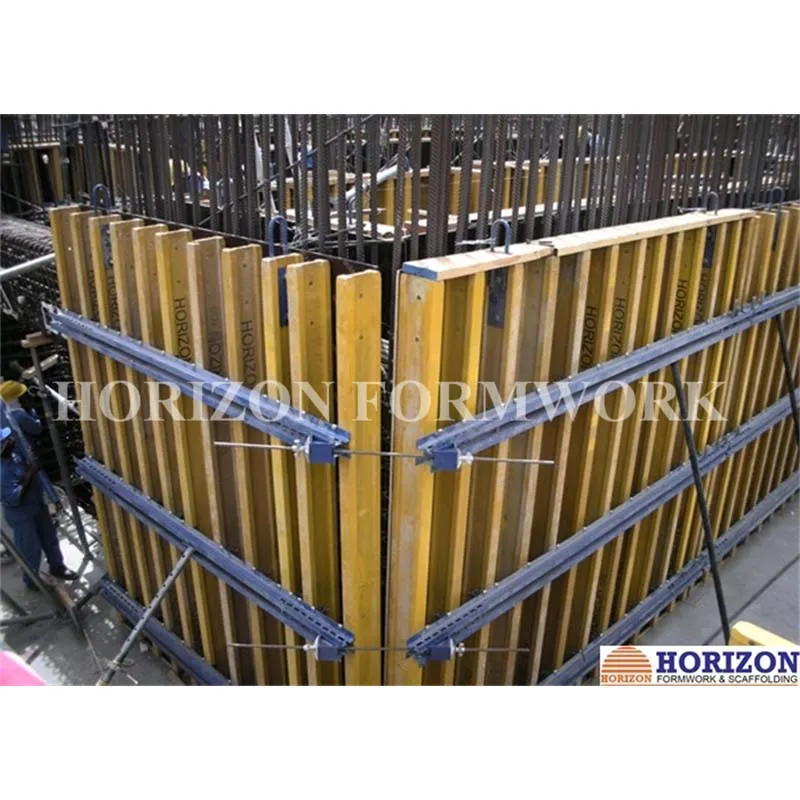febr . 24, 2025 09:53 Back to list
Advancements in Formwork Technology: Revolutionizing Skyscraper Construction
The construction of skyscrapers demands precision, efficiency, and safety, and modern formwork technology plays a pivotal role in achieving these objectives. Innovations in frame formwork, engineering formwork, horizontal formwork, and vertical formwork have significantly improved the way high-rise buildings are constructed. These advancements streamline operations, reduce labor requirements, and enhance worker safety while maintaining structural integrity and architectural precision.

This article analyzes the latest developments in formwork technology that have transformed skyscraper construction.
Frame Formwork: Lightweight and Modular Efficiency
Frame formwork has become a cornerstone of modern construction, offering a lightweight and modular solution that adapts to diverse structural requirements.
Key advancements:
-
High-Strength Materials: Aluminum and composite materials make frame formwork lighter and easier to handle while maintaining high durability.
-
Modular Designs: Prefabricated panels allow for quick assembly and disassembly, reducing construction time.
-
Enhanced Load Capacity: Engineered to support significant concrete loads, ensuring safety in high-rise projects.
Applications in skyscraper construction:
Frame formwork is particularly effective for repetitive structures such as walls and columns, where speed and precision are critical. The modularity of this system reduces labor costs and accelerates project timelines.
Engineering Formwork: Innovations for Complex Designs
As skyscrapers incorporate more complex architectural elements, engineering formwork systems have evolved to meet these challenges. These systems are custom-designed for intricate structures, ensuring precision and efficiency.
Technological advancements:
-
3D-Printed Components: Custom formwork pieces created with 3D printing allow for exact replication of intricate designs.
-
Adaptive Systems: Hydraulic and automatic adjustments ensure alignment and accuracy in dynamic construction environments.
-
Integrated Monitoring: Sensors embedded in formwork provide real-time data on load distribution and concrete curing, enhancing safety and quality.
Applications in skyscraper construction:
Engineering formwork is ideal for curved walls, irregular shapes, and other complex geometries often featured in modern high-rise designs.
Horizontal Formwork: Streamlining Slab Construction
Horizontal formwork systems have seen significant advancements, particularly in the construction of floors and slabs in skyscrapers. These systems emphasize speed, stability, and worker safety.
Innovations in horizontal formwork:
-
Table Form Systems: Large pre-assembled panels can be lifted and repositioned quickly, reducing setup time.
-
Lightweight Props: High-strength, lightweight materials make props easier to handle while ensuring robust support.
-
Safety Enhancements: Integrated guardrails and anti-fall systems protect workers during slab construction.
Applications in skyscraper construction:
Horizontal formwork enables efficient construction of expansive floor slabs, supporting the rapid vertical progression required in high-rise projects.
Vertical Formwork: Ensuring Precision in Tall Structures
The construction of walls, cores, and elevator shafts in skyscrapers relies heavily on advanced vertical formwork systems. These technologies ensure safety and precision while accommodating the unique challenges of working at height.
Recent advancements:
-
Climbing Formwork Systems: Mechanized climbing systems enable vertical progression without dismantling the formwork, saving time and labor.
-
Hydraulic Automation: Automated hydraulic jacks allow for controlled lifting of formwork, ensuring alignment and reducing manual effort.
-
Safety Features: Enclosed platforms and access systems enhance worker safety during operations.
Applications in skyscraper construction:
Vertical formwork systems are essential for constructing elevator cores and structural walls, ensuring stability and accuracy as the building ascends.
The latest formwork technologies contribute to both efficiency and safety in skyscraper construction:
-
Reduced Construction Time: Prefabricated and modular systems accelerate assembly and disassembly processes, enabling faster project completion.
-
Enhanced Worker Safety: Advanced safety features, such as guardrails and enclosed platforms, minimize the risk of accidents at height.
-
Improved Precision: Automated and sensor-equipped systems ensure accurate alignment and load distribution, reducing errors.
-
Sustainability: Reusable and durable formwork materials lower waste and environmental impact.
These advancements allow contractors to meet the challenges of skyscraper construction while maintaining high standards of quality and safety.
The Future of Skyscraper Construction with Modern Formwork
From frame formwork and engineering formwork to horizontal formwork and vertical formwork, advancements in formwork technology have revolutionized the construction of skyscrapers. These innovations improve efficiency, enhance safety, and support the creation of complex architectural designs.
By adopting the latest formwork systems, construction companies can tackle the demands of modern high-rise projects with confidence and precision, ensuring sustainable and reliable outcomes for the future skyline.
-
Timber Beam H20 for Agricultural Buildings
hírekJul.21,2025
-
Tie Rod Concrete Formwork for Bridge Construction
hírekJul.21,2025
-
Table Formwork for Slab Edge Protection
hírekJul.21,2025
-
Load Calculations for Wall Formwork System
hírekJul.21,2025
-
Concrete Column Form Work Systems Productivity Tips
hírekJul.21,2025
-
Beam Slab Formwork for Ribbed Slabs
hírekJul.21,2025